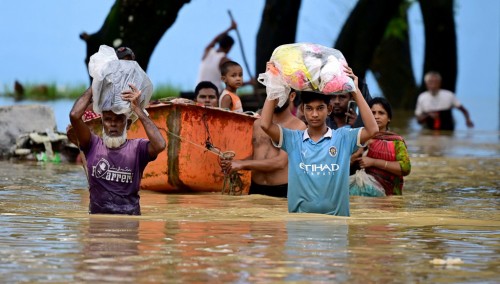The question of whether students should be allowed to protest is a significant and complex issue in Bangladesh, as it intersects with the principles of democratic rights, education, and social responsibility. On one hand, student protests have historically played a crucial role in shaping the nation’s political landscape, notably in movements such as the 1952 Language Movement and the 1990 anti-autocracy protests. These movements were pivotal in promoting democracy and justice, demonstrating that student activism can be a powerful force for positive change.

Source:- news 18
From a democratic perspective, students, like any other group in society, have the right to freedom of expression and assembly. Protesting allows them to voice their concerns on matters that directly affect them, such as educational policies, campus safety, and broader societal issues like corruption or inequality. Allowing students to protest can also be seen as an essential part of their civic education, teaching them about the importance of active citizenship and the impact of collective action.
Source:- BBC news
However, there are valid concerns about the potential downsides of student protests. Critics argue that frequent protests can disrupt academic activities, leading to a loss of valuable instructional time. Moreover, in some instances, student protests can escalate into violence, causing harm to both participants and bystanders. This not only endangers lives but also risks discrediting the students’ cause and undermining public support.
Balancing these perspectives, it is crucial that students are allowed to protest but within a framework that ensures safety and minimizes disruptions to their education. Educational institutions and authorities should work together to establish clear guidelines for protests, promoting peaceful and constructive activism. Additionally, there should be open channels for dialogue between students and administrators, so grievances can be addressed before escalating into public protests.
In conclusion, while students should be allowed to protest, it must be done responsibly and within a structured environment that respects both their rights and their educational responsibilities.
Share your views in the comments

